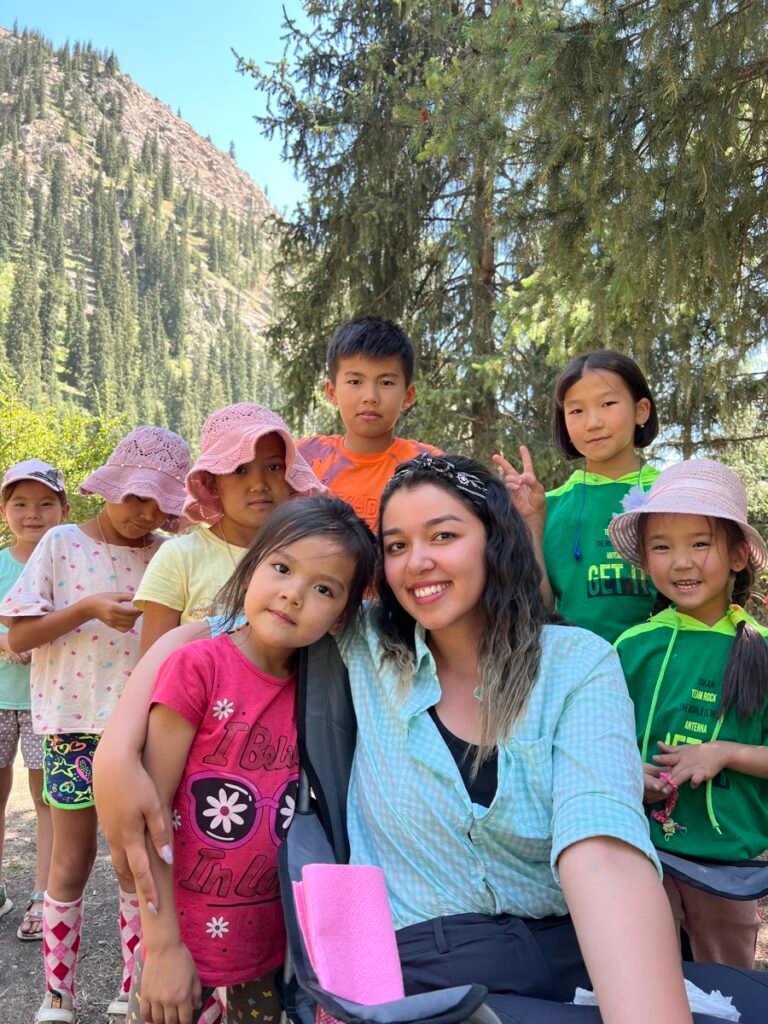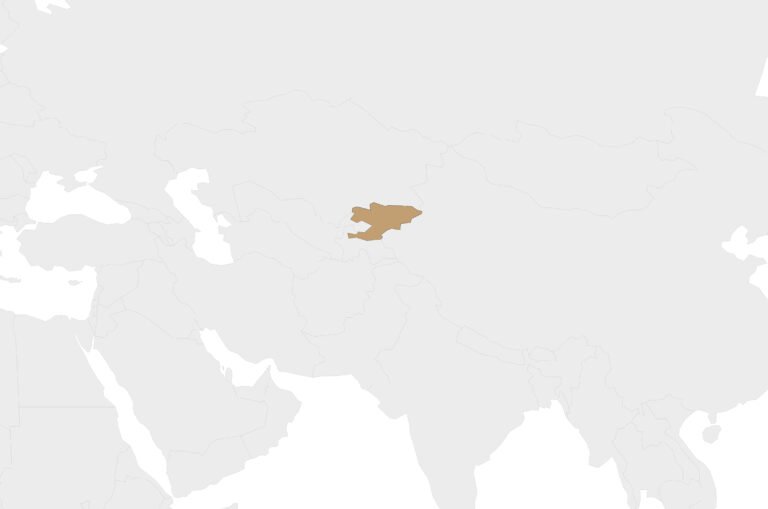Kyrgyzstan, a landlocked country in Central Asia, is known for its breathtaking landscapes and vibrant cultural heritage. Kyrgyzstan People are one of the most ancient tribe of Turks, Among Kyrgyz people there is a believe that they are the father of Turkic nations. Understanding the various aspects of Kyrgyzstan’s people is essential to appreciating the nation as a whole.
I. Introduction
Kyrgyzstan, situated in the heart of Central Asia, boasts a fascinating blend of cultures and ethnicities. The country’s population of around 6 million is a mosaic of different ethnic groups, each contributing to the country’s cultural tapestry. Kyrgyz nationality
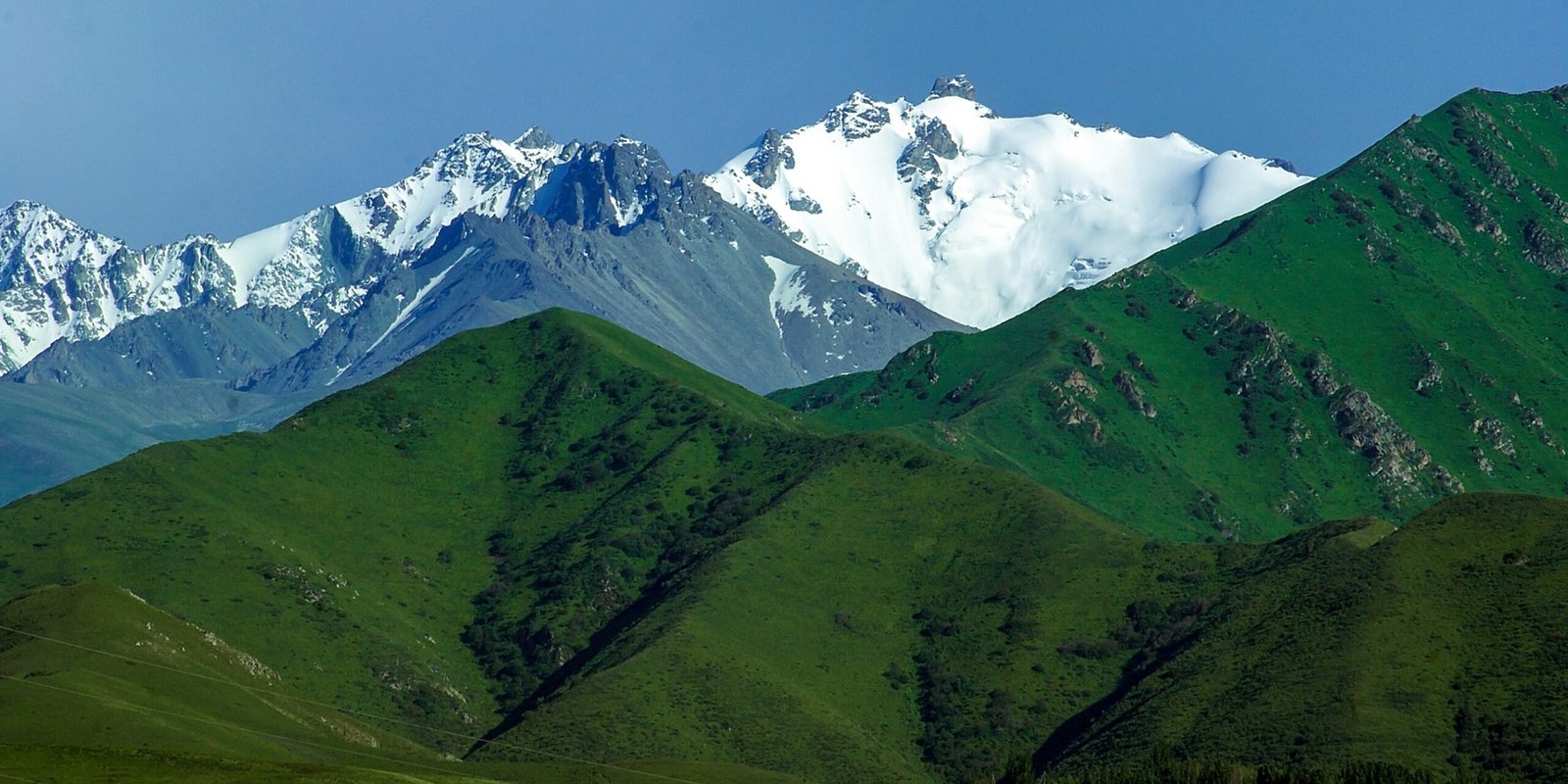
II. Ethnic Composition of Kyrgyzstan People
Kyrgyzstan is home to a diverse range of ethnic groups, each with its distinct customs and traditions. The majority of the population belongs to the titular Kyrgyz ethnic group, renowned for their nomadic heritage and strong sense of national identity. Other significant ethnic communities include Uzbeks, Russians, Tajiks, and Kazakhs, each adding their unique cultural elements to the Kyrgyz society.
The name Kyrgyz was first recorded in writing in 201 BC. Sima Tan, a Chinese historian, wrote it for the Shi-ji (historical notes) chronicle. The author named Gegun (Gyagun), the Chinese version of the Kyrgyz name, as one of the five peoples subjugated by the Hunnu.
III. Language and Communication
The official language of Kyrgyzstan is Kyrgyz, an Eastern Turkic language. However, due to historical and regional factors, there are also significant Russian-speaking and Uzbek-speaking communities. This linguistic diversity creates a multicultural environment where individuals often switch between languages effortlessly.
IV. Cultural Traditions
Kyrgyzstan’s rich nomadic heritage continues to shape the cultural fabric of the country. Traditional clothing, such as the distinctive embroidered ak-kalpak hats and colorful garments, reflect the nomadic lifestyle and are worn during special occasions and festivals. Music and dance play a vital role in Kyrgyz culture, with traditional folk songs and performances showcasing the artistic talents of the people.
V. Religion and Beliefs
Religion holds significant importance in Kyrgyzstan, with Islam being the dominant religion followed by the majority of the population like 80%. From 10th Century Kyrgyz people are officially switched to Islam religion. However, the country embraces religious diversity, and other faiths, including Russian Orthodox Christianity and Buddhism, have a presence. The peaceful coexistence of various religious communities is a testament to the country’s tolerance and harmony. From 1991 Kyrgyzstan officially is a secular state
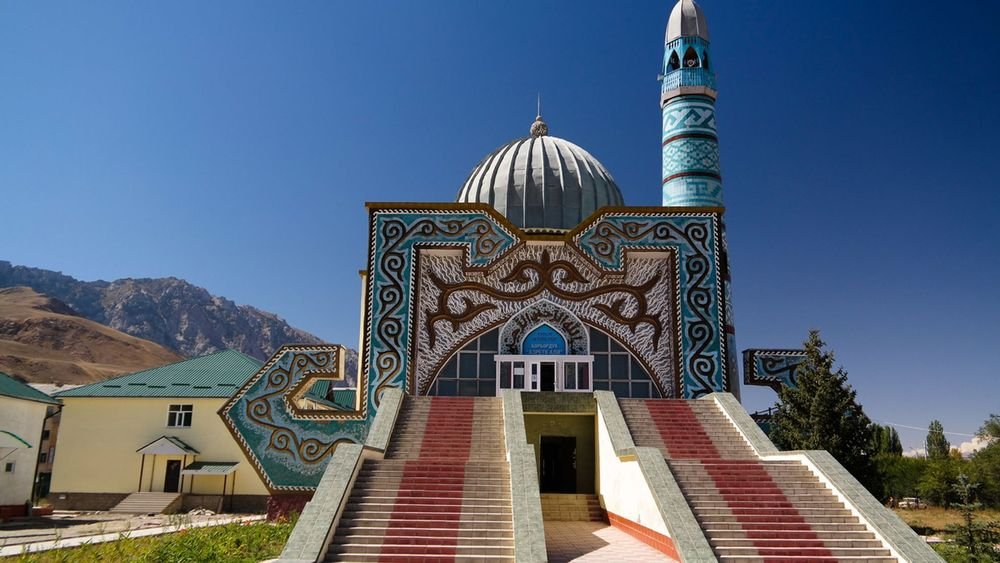
VI. Cuisine and Hospitality
Kyrgyz cuisine is known for its hearty and flavorful dishes. Traditional staples such as beshbarmak (boiled meat with noodles) and manti (steamed dumplings) reflect the nomadic origins of the cuisine. Kyrgyz people take great pride in their hospitality, with guests often being welcomed with open arms and served delicious meals as a gesture of warmth and friendship.
VII. Family and Social Structure
Family holds a central position in Kyrgyz society, and traditional family values are deeply ingrained. Respect for elders, close-knit kinship ties, and communal support are cherished. Gender roles and expectations are also prominent, with men traditionally being the primary breadwinners while women manage household affairs.
VIII. Education and Literacy
Kyrgyzstan places high importance on education, with efforts made to improve literacy rates across the country. The education system follows a standard curriculum, and access to education is considered a fundamental right. The younger generation plays a crucial role in shaping the future of Kyrgyzstan, and the government continues to invest in educational initiatives.
IX. Arts and Crafts
The artistic skills of the Kyrgyz people are showcased through their exquisite traditional crafts. Felt-making, embroidery, and woodworking are highly valued crafts, with artisans skillfully creating intricate patterns and designs. These crafts not only serve as a source of income but also reflect the deep cultural roots and traditions of the Kyrgyz people.
X. Sports and Recreation
Sports play an important role in Kyrgyz society, with traditional sports like kok-boru (a horseback game) and ordo (wrestling) showcasing the physical prowess and agility of the participants. The love for sports extends to modern disciplines, and Kyrgyz athletes have excelled in international competitions, bringing pride to the nation.
XI. Festivals and Celebrations
Kyrgyzstan celebrates a myriad of festivals throughout the year, providing a glimpse into the country’s vibrant cultural calendar. Nooruz, the Persian New Year, marks the arrival of spring and is celebrated with music, dance, and traditional games. Other festivals like Kurman Ait (Eid al-Adha) and Orozo Ait (Eid al-Fitr) hold great significance for the Muslim population.
World Nomad Games released by Kyrgyzstan Government and it held every 4 year and 2026 it will be held in Kyrgyzstan.
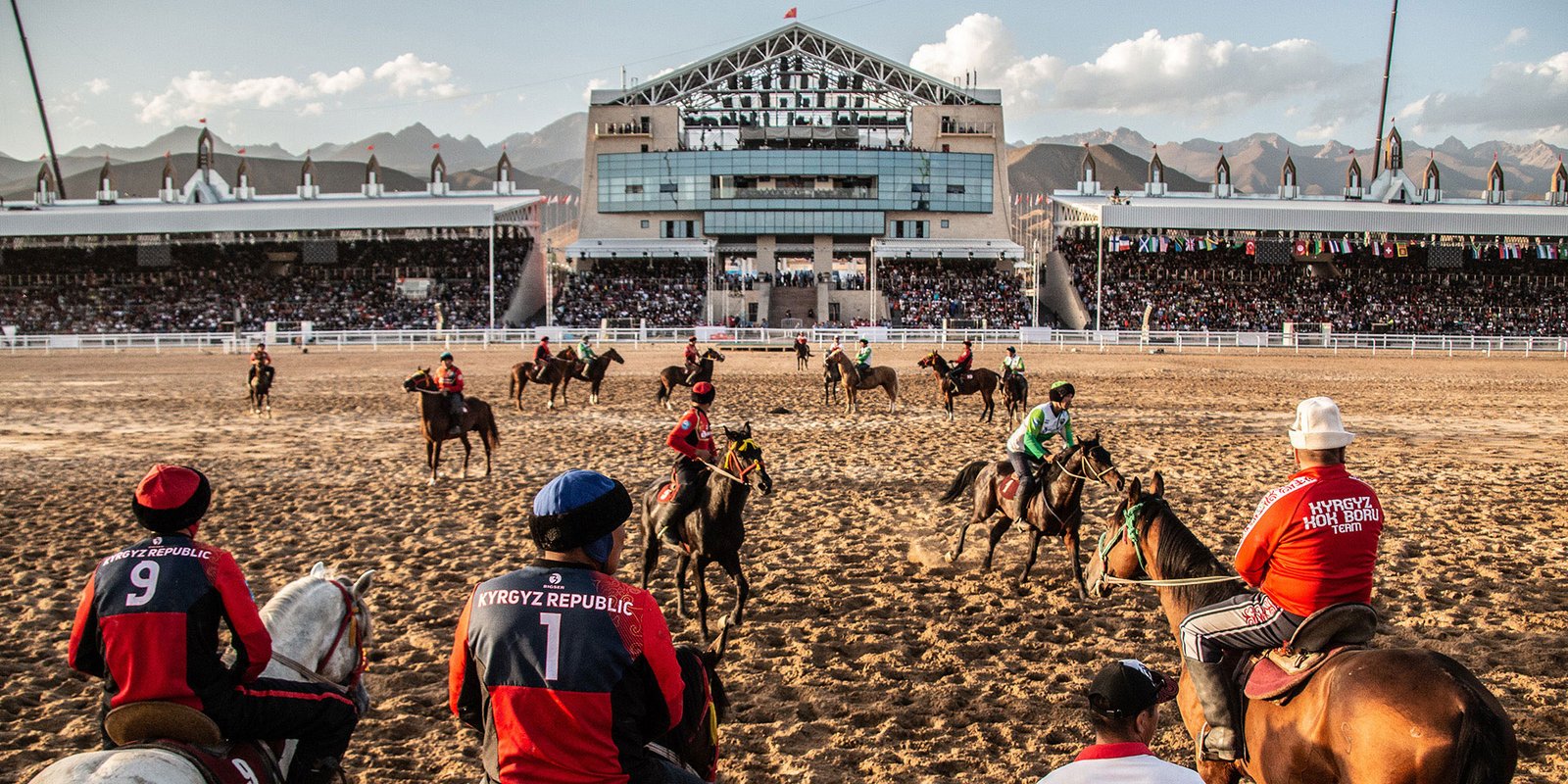
XII. Modern Challenges and Adaptations
Like many countries, Kyrgyzstan faces the challenges of globalization and the subsequent changes it brings. While modernization has its benefits, efforts are being made to strike a balance between preserving cultural heritage and adapting to new ways of life. Organizations and individuals alike are working to document and safeguard traditional practices for future generations.
XIII. Tourism and Cultural Exchange
Kyrgyzstan’s natural beauty and cultural richness attract a growing number of tourists each year. The country’s picturesque mountains, pristine lakes like Son Kol or Ala-Kol, and historical sites provide a captivating experience for visitors. Additionally, cultural exchange programs and initiatives foster a deeper understanding of Kyrgyzstan’s people, promoting cross-cultural connections and appreciation.
XIV. Future Prospects and Conclusion
Kyrgyzstan’s people are an integral part of the nation’s identity and contribute significantly to its rich cultural heritage. As the country continues to develop and adapt to changing times, preserving the unique traditions and customs of the Kyrgyz people remains a priority. By nurturing their cultural identity and embracing cultural diversity, Kyrgyzstan can look forward to a future where its people’s heritage thrives.
Conclusion
Kyrgyzstan’s people, with their diverse ethnic backgrounds, cultural traditions, and warm hospitality, form the soul of the nation. The blend of nomadic heritage, linguistic diversity, and religious coexistence creates a unique cultural landscape that continues to evolve while preserving its roots. Through education, tourism, and efforts to safeguard cultural practices, Kyrgyzstan is poised to celebrate its people and share their vibrant traditions with the world.
FAQs (Frequently Asked Questions)
2. What is the official language of Kyrgyzstan?
The official language of Kyrgyzstan is Kyrgyz, an Eastern Turkic language.
3. What are some popular traditional dishes in Kyrgyz cuisine?
Beshbarmak (boiled meat with noodles), manti (steamed dumplings), and laghman (noodle dish) are among the popular traditional dishes in Kyrgyz cuisine.
4. Which religions are prominent in Kyrgyzstan?
Islam is the dominant religion in Kyrgyzstan, but the country also has followers of Russian Orthodox Christianity and Buddhism.
5. What are some major festivals celebrated in Kyrgyzstan?
Nooruz (Persian New Year), Kurman Ait (Eid al-Adha), and Orozo Ait (Eid al-Fitr) are some of the major festivals celebrated in Kyrgyzstan.
